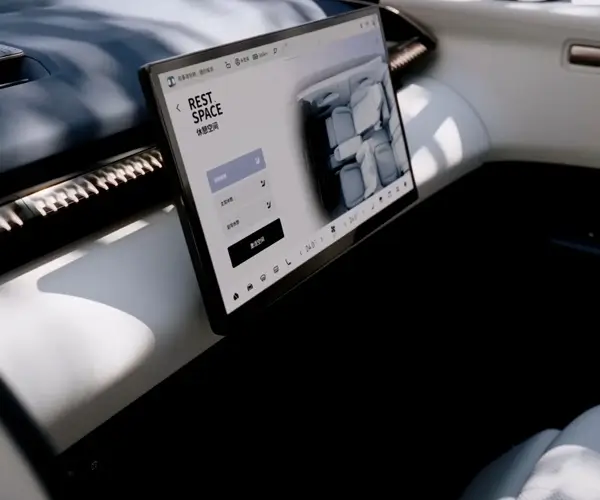Imagine sitting back, sipping your coffee, and pondering how the apps we use every day actually work behind the scenes. You're probably aware that modern software isn’t just some monolithic block, but a bunch of tiny, specialized parts working together like a well-oiled machine. That’s the core idea behind microservice architecture.

Instead of building one giant app packed with every feature, microservices split everything into smaller, independent modules. Think of it like a team: each member has their role — some handle user accounts, others focus on payments, some manage notifications. These modules talk to each other via simple, standardized protocols — usually RESTful APIs or message queues. They’re like a network of skilled specialists, each doing their thing to keep the whole operation running smoothly.
Now, how does it work in practice? Say you're shopping online. When you add something to your cart, that’s a microservice dedicated to managing shopping cart data. When you check out, another microservice springs to life, handling payments, order creation, and confirmation. These services run independently but work in harmony — drop one, and the others keep busy. Want to update the checkout process? Just tweak that specific microservice without messing with the entire system.
One question that pops up sometimes: “Isn’t this chaos? How do all these tiny services stay ordered?” Well, it’s like managing a team: clear boundaries and defined communication channels matter. You get better scalability since each microservice can be scaled independently — if the order service gets busier, boost that right away without touching the rest. And if there’s a bug? Fix just that microservice, not the entire app.
Forget about big monolithic architectures that become a nightmare to update or scale. Microservices open the door to faster iteration, improved fault isolation, and more flexibility. It’s a bit like upgrading just a part of your car instead of replacing the whole vehicle. Plus, they’re resilient — if one microservice crashes, others keep going, minimizing downtime and keeping users happy.
Some quick questions: How does microservice architecture handle data consistency? Great question. Typically, each microservice manages its own database or data store. Syncing everything seamlessly might be tough, but with event-driven communication and eventual consistency models, things stay reliable enough for most applications.
In short, microservice architecture isn’t just a buzzword; it’s a pragmatic approach to building complex apps that need to stay agile. It’s like turning your big project into a collection of smaller, manageable pieces that can evolve and grow without breaking a sweat. This approach is all about empowering developers to craft smarter, leaner, more resilient digital experiences—just what any cutting-edge product needs.
Established in 2005, Kpower has been dedicated to a professional compact motion unit manufacturer, headquartered in Dongguan, Guangdong Province, China. Leveraging innovations in modular drive technology, Kpower integrates high-performance motors, precision reducers, and multi-protocol control systems to provide efficient and customized smart drive system solutions. Kpower has delivered professional drive system solutions to over 500 enterprise clients globally with products covering various fields such as Smart Home Systems, Automatic Electronics, Robotics, Precision Agriculture, Drones, and Industrial Automation.




































